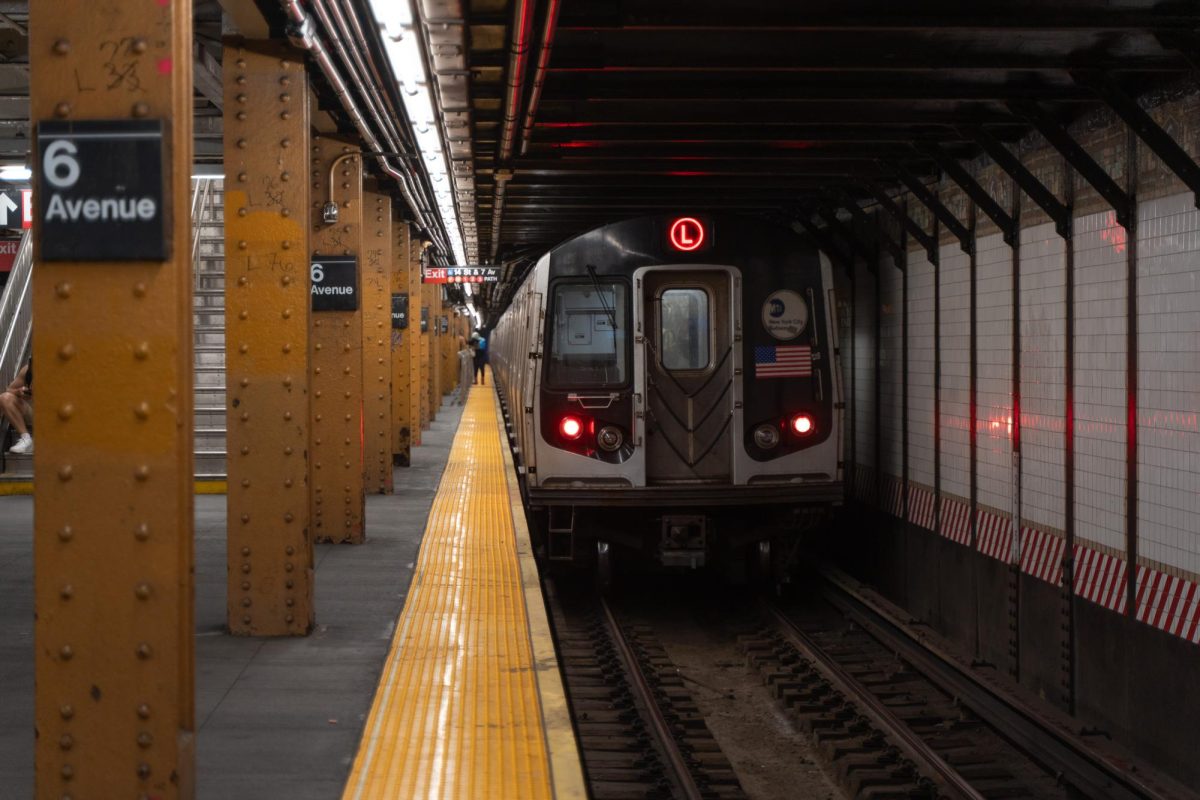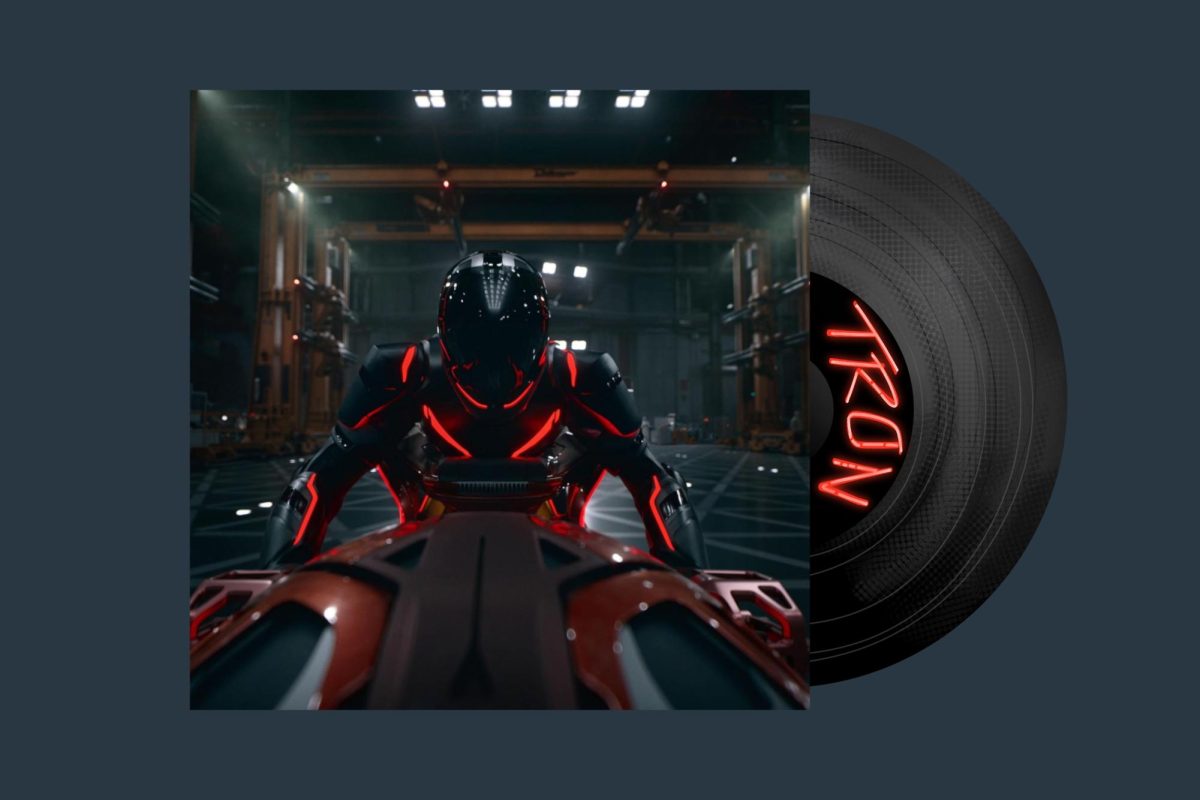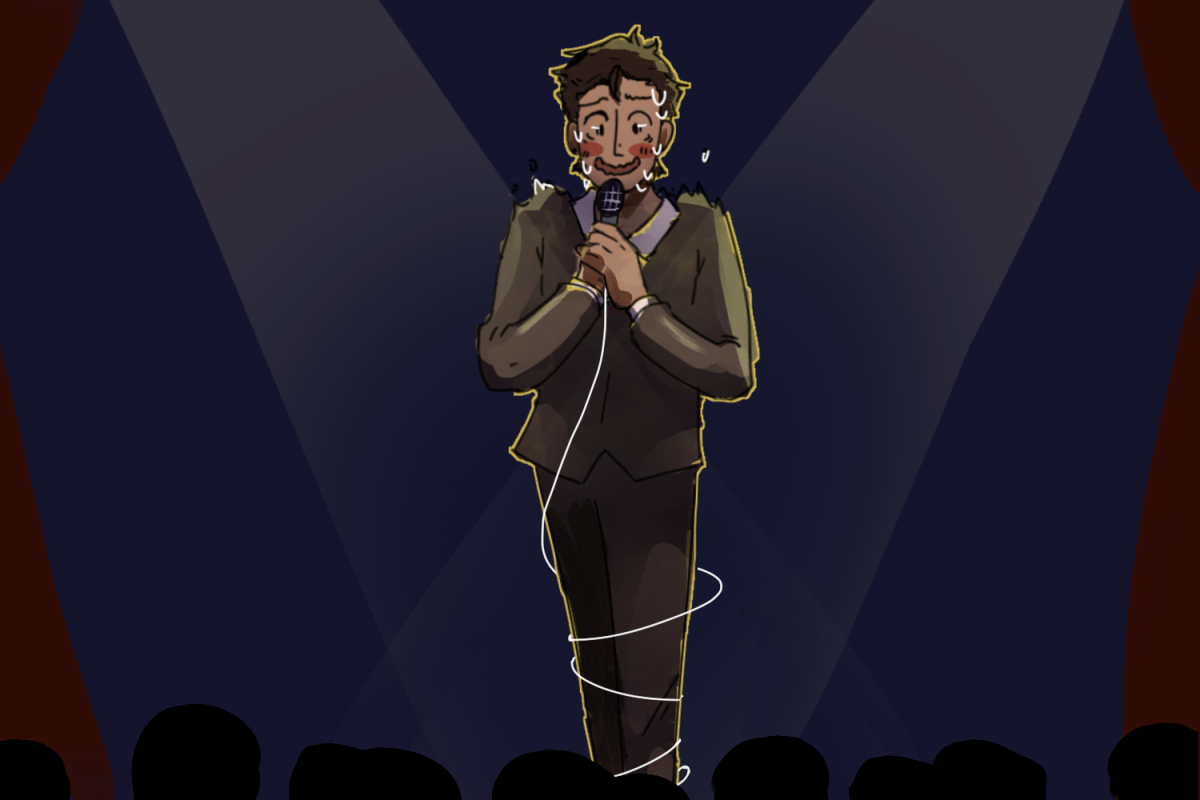In the years since his breakout “Happy Hour” (2015) and Academy Award-winning “Drive My Car” (2021), the world seems to have almost conformed to the central concerns of Ryusuke Hamaguchi. His latest picture continues to question society’s relationship to the world at large with arguably the most urgency and skill we’ve seen from him yet.
“Evil Does Not Exist,” which won the Grand Jury Prize at the Venice Film Festival last year, tells the story of a small Japanese village whose inhabitants are awaiting the construction of a glamping site — a project that may jeopardize the clean water that is essential to their businesses and way of life. After two executives from the glamping company arrive to disseminate their plans, the community undergoes an existential crisis headed by local handyman Takumi. Starting today, the film is now showing at the Film at Lincoln Center and Film Forum.
WSN sat down with Hamaguchi to discuss the origin of the film, his artistic philosophy and the strange relationship between fiction and documentary that runs through all of his work.
This interview has been edited for length and clarity.
WSN: I read that ‘Evil Does Not Exist’ came about after composer Eiko Ishibashi proposed that you create visuals for her music — you determined that the work deserved to be translated into a full feature. What about Eiko’s music necessitated further exploration on your part?
Hamaguchi: Of course, Eiko’s music was very necessary in that I also realized, upon reflection, that I was very much guided by her music in many ways. This project really began when Eiko Ishibashi offered me the opportunity to create visuals for her live performance. What really interested me about this proposition was that it would mean that I would not be able to make a film where the dialogue was very central, unlike many of my other films.
I was very intrigued by that challenge, but I didn’t know what I needed to do in order to achieve that. What I decided on doing was to create a fiction film and use that footage to create the visuals for the live performance, which is the initial aim. When I was writing the script for this film, I was certainly thinking about how it could harmonize well with her music. Her music really has a lot of sensitivity to it, a lot of layers of sounds that then in turn also transform and connect with each other. The music that she makes doesn’t have easy resolutions. Even though I wasn’t super conscious about these elements, I certainly feel that it had a very critical influence on the work, and I feel that that’s very much felt within the resulting film.
WSN: Similar to the music, the actual land on which this story takes place is so central to the film. At what point in your filmmaking process did the land enter the picture — or when did you know you were going to shoot there?
Hamaguchi: This land that we see within the film is where Eiko Ishibashi has a music studio that she frequents often and makes her music in. It’s also the area in which she lives. In thinking about creating visuals that were harmonized very well with their music, I figured that the environment that she makes the music in must influence her work greatly. In looking at the winter landscape at the time, and seeing the bare branches and the way the snow flitters, I figured that this would also work very well with her music. That was when I decided that I wanted to incorporate the land and the nature that I saw then.
Another important thing that felt very specific to that location that ended up being incorporated into the film is the film’s town hall scene about glamping. A very similar incident, in fact, happened in real life in that location. And as you see in the film, I felt that this episode very much represents what it means to be living in that particular place, but also has a combination of how nature and human activity intermingle with each other.
WSN: You’ve stated in the past that you believe fiction and documentary must inevitably coexist in cinema. I was struck by that relationship in this movie, especially with regard to the way you capture the natural world. How do you think that relationship manifests itself in ‘Evil Does Not Exist?’
Hamaguchi: I do feel that all sorts of films have facets of both documentary and fiction, and I think that just is what happens as long as you’re creating a film by using a camera, because the camera ultimately is capturing whatever the reality is in front of it. And so in that sense, there is a documentary element to it.
However, when we’re shooting with a camera, what we’re capturing is whatever is within the frame. We’re also only capturing the period of time when the camera starts rolling and up to the point it stops and calls cut. In that sense, it’s fragmented. That fragmentation also creates possibilities for fiction. Also, the fact that even though the crew in fact exists around the camera, we don’t necessarily see the crew. Just that mere fact also is fiction to an extent. Without even trying, it becomes very easy to have both fiction and documentary elements to coexist.
WSN: There are, of course, certain ways you frame faces, as well as other formal elements that reappear in all of your works, in particular your medium-length films ‘Like Nothing Happened’ and ‘Heaven Is Still Far Away.’ I’m curious about whether you identify a unified whole in all of your works or aren’t super interested in viewing it that way.
Hamaguchi: Regarding whether I’m trying to achieve or move towards a certain goal, I don’t think I’m super conscious of that, but maybe at a subconscious level there’s something there. It’s not something that I can necessarily put into words. But responding to what you mentioned and talked about, I do think that I am interested in how the camera can capture the face because there’s so much information that can be expressed through the face. This also does connect back to the problem I spoke about a bit earlier — the fact that the actor ultimately is not the character.
I’m not necessarily writing these long conversations because I want to, but it’s more that I can’t think of other ways to do this. Oftentimes when I write these conversations, I find myself thinking, ‘oh, I did it again,’ despite not wanting to repeat this. There’s a part of me that thinks that I shouldn’t necessarily continue to repeat this, but I find myself needing to, or having to, within the process.
I do think this idea of the inability to communicate properly ultimately does reflect my own relationships and lived experiences as well, because ultimately every single person is living their own different lives. And that should result in places where people don’t meet eye to eye. I think that’s just true throughout. Every person in a film also has their own life. They don’t exist for the story, but they exist and have their own lives. It just so happens that we see them at a very particular point within the story, and that’s something that I try to keep in mind and try to achieve, even though it’s actually quite difficult — but I keep trying.
Contact JP Pak at [email protected].






















































































































































